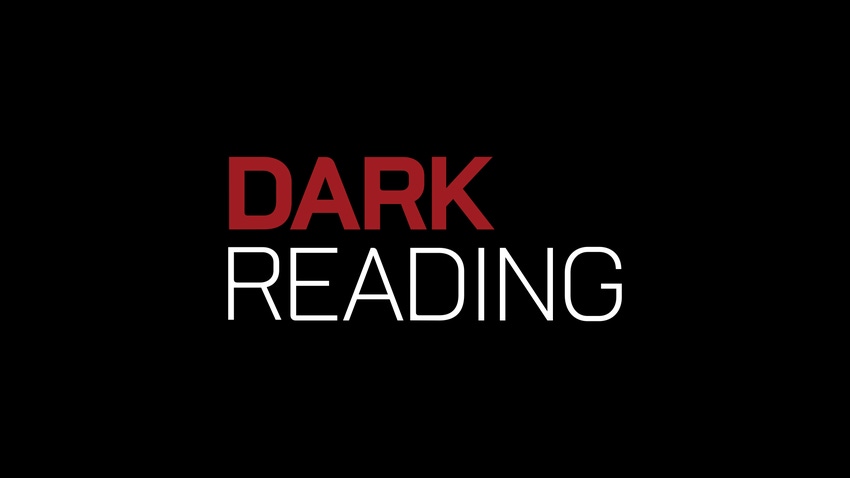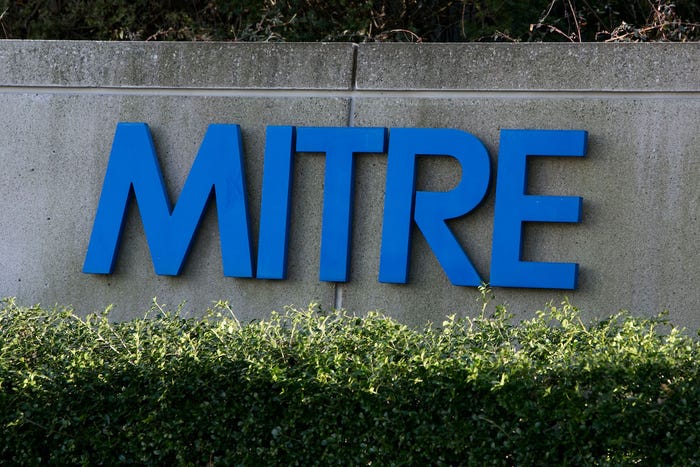When Someone Else's Insider Is Your Threat
Contract language and enforcement are necessary to protect your IP in another company's network. Just ask Symantec, which had its source code stolen from a third party by hackers.

Protecting intellectual property against insiders is tough enough when the insiders are a company's own employees. The problem becomes even more difficult when a third party -- whether a vendor or customer -- has access to confidential information.
Just ask Symantec. Last week, the company confirmed that a group of hackers had stolen the source code to two of the firm's older products -- Endpoint Protection 11.0 and Antivirus 10.2 -- from a third party. The group of allegedly Indian hackers, using the name "The Lords of Dharmaraja," claimed that the leak came from the Indian government and planned to release the code to the public.
"Symantec’s own network was not breached, but rather that of a third party entity," a Symantec spokesman said in an e-mailed statement.'"We are still gathering information on the details and are not in a position to provide specifics on the third party involved."
The leak is an embarrassment to the company, but Symantec maintains that it does not represent a major threat. The source code from the two program is four to five years old, Paden says.
"Presently, we have no indication that the code disclosure impacts the functionality or security of Symantec’s solutions," he says. "In 2010 alone, we distributed 10 million updates to our products in response to new cyber threats. If you extrapolate to four and five years, you can get an idea of how much our ... code has evolved over the following years."
Yet, a significant question for companies is why did the Indian government, if the code was indeed stolen from the government, keep the code so long, says Rob Rachwald, director of security strategy for Imperva.
"This incident will change how companies go about letting governments vet their source code," he says. "I don't think they will just hand it over anymore."
Companies need to rethink their approach, not just to their government clients, but to any third party that has access to their proprietary information, says Michael R. Overly, a partner in the security and information practice at law firm Foley & Lardner LLP. Every company should follow a three-step plan: do their due diligence and investigate the third party, create a contract that holds the third party liable, and follow up with the firm to validate its compliance.
"This is a sliding scale," he says. "You don't do all of this for every transaction. It depends on the sensitivity of the information."
Due diligence is extremely important because in many cases, such as with many commodity cloud vendors, a company cannot change the contract, says Overly. Checking on the third party's security measures, conducting audits, and even site visits can help assure a company that their partner will take data security seriously. When the contract is negotiable, placing liability on the third party can help address concerns.
"It is not enough to do due diligence," Overly says. "If the vendor has no responsibility for your data, then it doesn't mean much."
Validating that the third party is following the contract with periodic compliance check is also important, says Jason Lewis, chief technology officer of Lookingglass Cyber Solutions, a security monitoring and intelligence provider.
"I can tell someone to do something, but if they are intent on doing the opposite, there's little you can do about it," he says.
Technology can both be a contract requirement and a way to ensure compliance. Companies looking for a good place to start should refer to their own practices, says Nikfar Khaleeli, group product marketing manager for data-loss protection at McAfee.
"When you are working with anyone, you need to extend your data protection practices out and make sure that your third-party vendor is following the policies as well," he says.
For third parties that may not protect the data as stringently as the intellectual property owner, digital rights management (DRM) technology can act as a gatekeeper, allowing the owner to have some control over access to the confidential information.
In the case of Symantec, for example, the company could have encrypted the information with a DRM scheme and revoked the keys to its source code after a certain time period. The company would not have then had to worry less about whether copies of the code continued to exist.
Have a comment on this story? Please click "Add Your Comment" below. If you'd like to contact Dark Reading's editors directly, send us a message.
Read more about:
2012About the Author(s)
You May Also Like
Beyond Spam Filters and Firewalls: Preventing Business Email Compromises in the Modern Enterprise
April 30, 2024Key Findings from the State of AppSec Report 2024
May 7, 2024Is AI Identifying Threats to Your Network?
May 14, 2024Where and Why Threat Intelligence Makes Sense for Your Enterprise Security Strategy
May 15, 2024Safeguarding Political Campaigns: Defending Against Mass Phishing Attacks
May 16, 2024
Black Hat USA - August 3-8 - Learn More
August 3, 2024Cybersecurity's Hottest New Technologies: What You Need To Know
March 21, 2024




